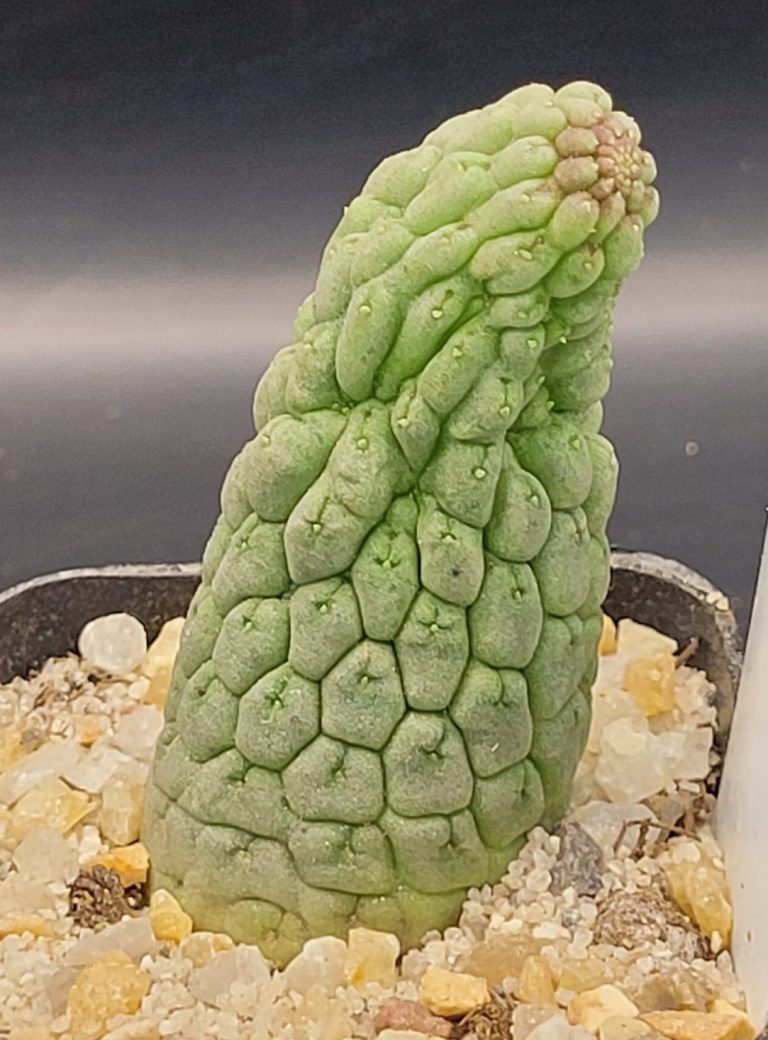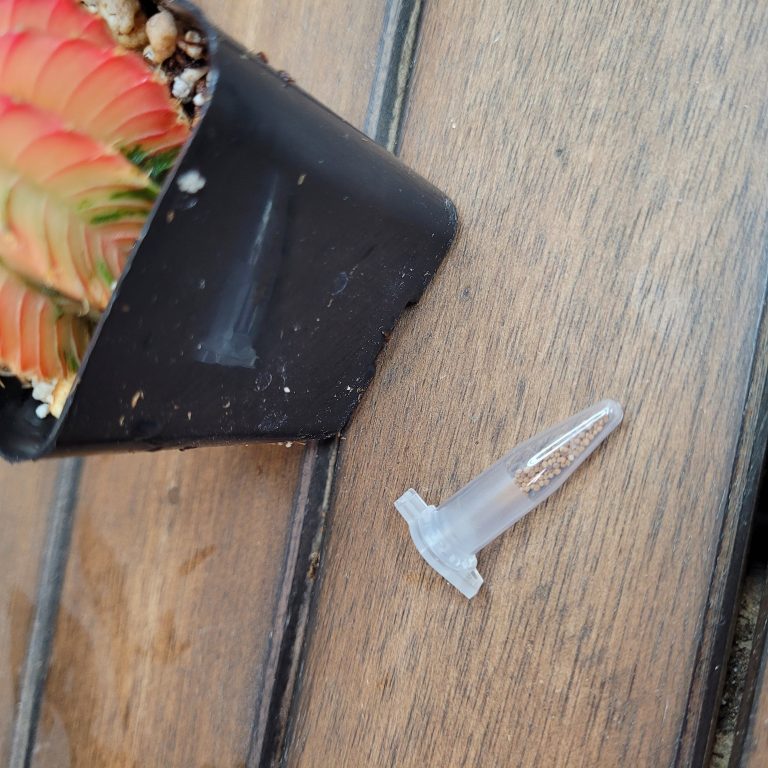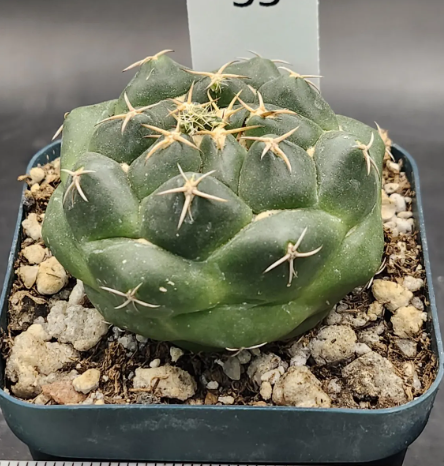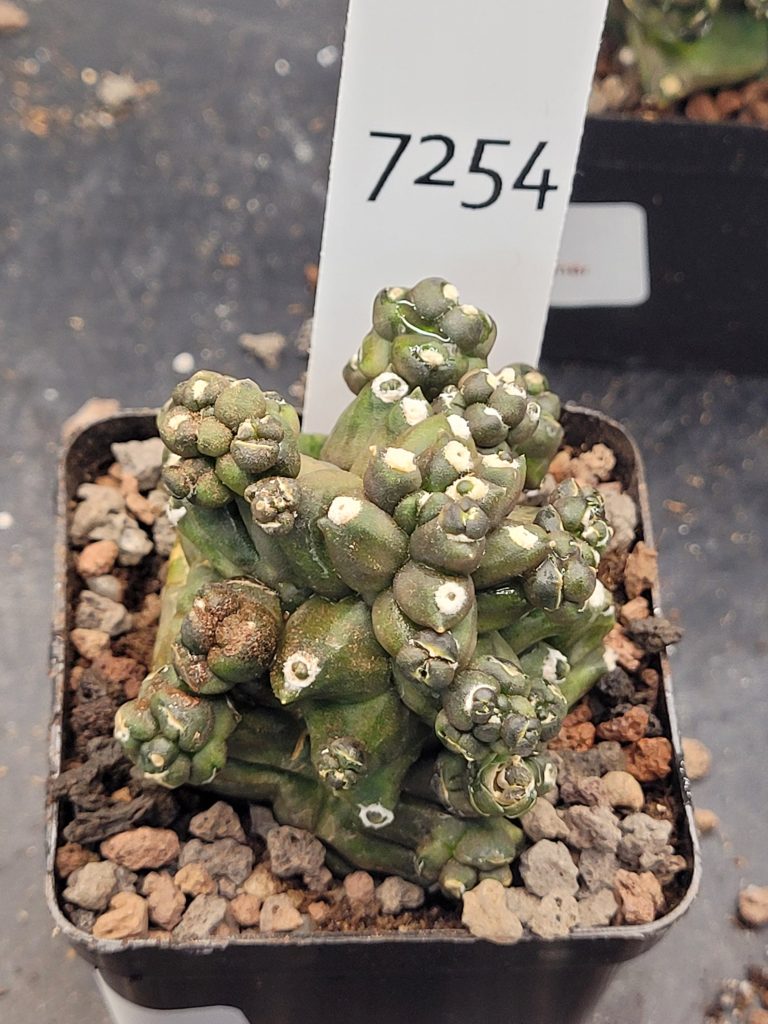Spider mites are tiny pests that can cause big problems for cactus collectors. These microscopic arachnids feed by piercing plant tissue and sucking out cell contents, leaving your cactus weakened and discolored. Because they reproduce quickly and thrive in dry conditions, spider mites can spread fast if not controlled.
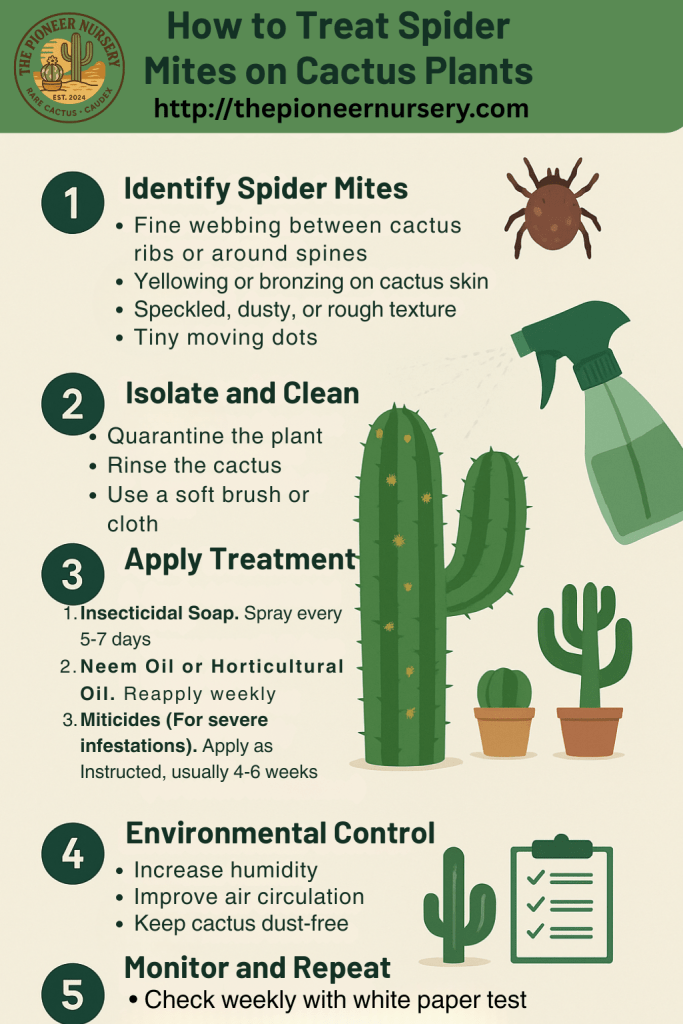
🔍 Step 1: Identify Spider Mites
Since spider mites are very small (about the size of a pinhead), they can be hard to see with the naked eye. Look for these signs:
- Fine webbing between cactus ribs or around spines
- Yellowing or bronzing on cactus skin
- Speckled, dusty, or rough texture where they’ve fed
- Tiny moving dots (use a magnifying glass for better detection)
If you lightly tap the cactus over a white sheet of paper, spider mites may appear as tiny red, orange, or brown specks crawling across the surface.
🧼 Step 2: Isolate and Clean
- Quarantine the plant immediately to prevent mites from spreading.
- Rinse the cactus under a strong stream of water to wash off mites and webs.
- Use a soft brush or cloth to gently wipe affected areas.
🧪 Step 3: Apply Treatment
Option A: Insecticidal Soap
- Spray the cactus thoroughly with a cactus-safe insecticidal soap.
- Cover all surfaces, especially the underside of ribs where mites hide.
- Repeat every 5–7 days until mites are gone.
Option B: Neem Oil or Horticultural Oil
- Mix neem oil with water and a few drops of mild soap.
- Spray evenly across the plant to suffocate mites and disrupt their growth cycle.
- Reapply weekly until no signs remain.
Option C: Miticides (For Severe Infestations)
- Use a product specifically labeled for mite control (e.g., Abamectin, Bifenazate).
- Rotate treatments, as mites can build resistance quickly.
- Always follow label instructions carefully.
🌱 Step 4: Environmental Control
Spider mites thrive in hot, dry, dusty conditions. To make your cactus less attractive to them:
- Increase humidity around the plant (use a humidifier or place a water tray nearby).
- Improve air circulation with a fan or open window.
- Keep your cactus dust-free by wiping it gently with a damp cloth.
🔁 Step 5: Monitor and Repeat
- Check weekly with the white paper test to catch mites early.
- Continue treatments for at least 4–6 weeks, as spider mites reproduce rapidly.
- Always quarantine new plants before introducing them to your collection.
🧯 Prevention Tips
- Avoid letting cacti sit in hot, stagnant air.
- Mist or rinse plants occasionally to disrupt mite populations.
- Inspect new purchases carefully — mites often hitchhike in from nurseries.
- Consider predatory mites (like Phytoseiulus persimilis) for natural biological control in severe or greenhouse settings.
👉 With quick action and consistent treatment, you can stop spider mites in their tracks and keep your cacti thriving!


